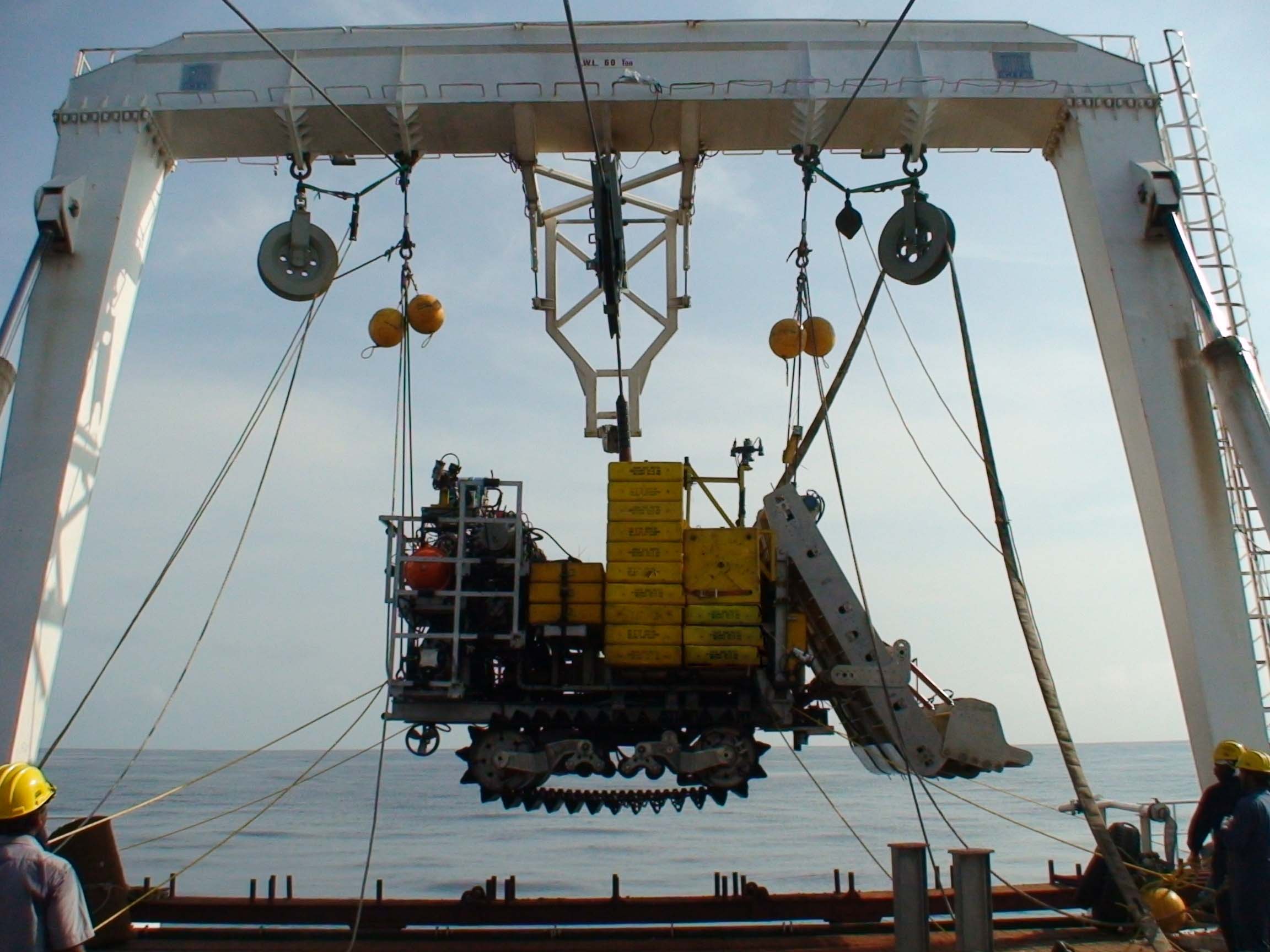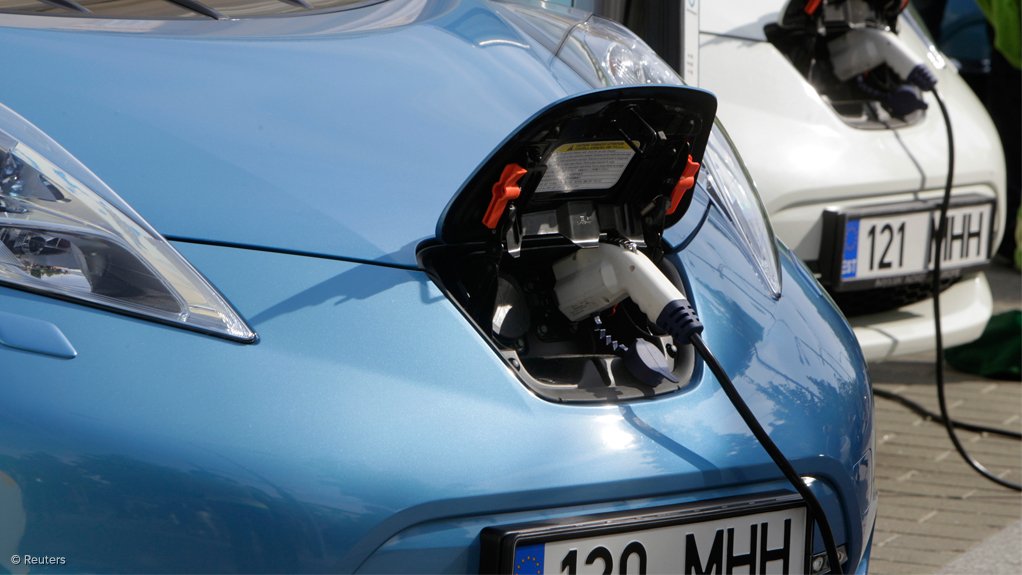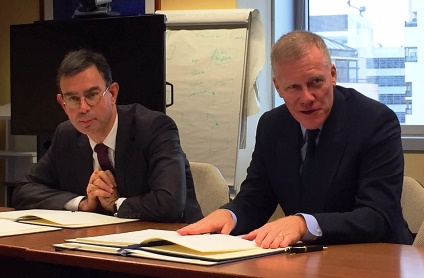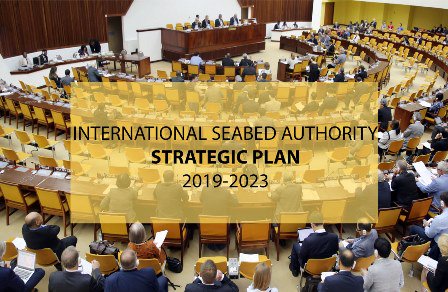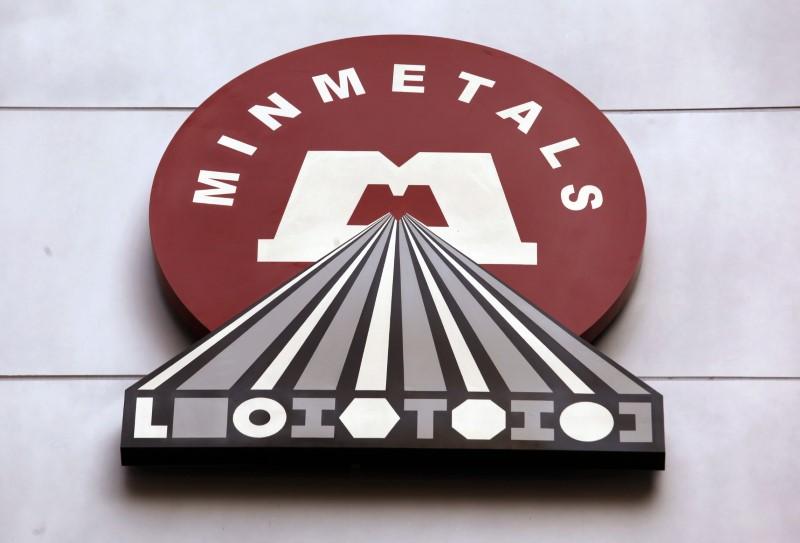JENCY SAMUEL on MONGABAY | 9 February 2018
- Mining of polymetallic nodules present in the seabed in the Central Indian Ocean Basin can help India improve availability of nickel, copper, cobalt and manganese.
- Through an agreement with the International Seabed Authority, India has a right to explore and mine polymetallic nodules over 750,000 square km.
- Though this is economically significant activity there is not yet a complete understanding of the environmental implications of this exploration and mining.
There is one common element that connects pacemakers for the human heart, coins, solar power plants and cooking appliances. All of them use nickel or its alloy as a primary component for their manufacture. According to the Nickel Institute, a global association of producers, nickel is used in more than 300,000 products covering a vast spectrum of applications – from consumer to military. Though it is the fifth most common element, it is found in the core of the earth and hence inaccessible.
The same holds true for other metals such as manganese and cobalt. With increasing needs for these metals and with terrestrial reserves depleting fast, the world’s attention has turned towards marine resources. All these metals are available on the seabed, at a depth of more than 5,000 metres, as polymetallic nodules.
As many countries vie for these resources, there is international agreement governing their exploration. Under the United Nations Convention on the Law of the Sea (UNCLOS), the International Seabed Authority (ISA), an intergovernmental organisation, controls activities on the seabed in international waters.

India signed an agreement with ISA for exploratory mining in 2002. The country is a pioneer in the development of technologies for deep-sea mining. But do we know enough about the environmental impact of the mining activities so as to minimise the same?
The need for deep-sea mining
According to the Indian Minerals Yearbook-2016 on nickel, released by the Indian Bureau of Mines (IBM), the country’s entire nickel demand is met through imports. Though cobalt is available in a few states, IBM lists the seabed nodules as resources for cobalt and nickel, indicating the country’s ambition to mine the same. Government’s polymetallic nodule programme has progressed well towards this ambition.
ISA allotted 1.5 million square kilometers in the Central Indian Ocean Basin (CIOB) to India, half of which was returned after the initial survey. It is estimated that there are 380 million metric tonnes (mmt) of polymetallic nodules in the retained area of the CIOB. Of these, nickel makes up 4.7 mmt, copper 4.29 mmt, cobalt 0.55 mmt and manganese 92.59 mmt – reason enough for the government’s ambition to harvest them.
Need technical and commercial viability, and environmental safety
Under the Polymetallic Nodule Programme of the Ministry of Earth Sciences (MoES), the Chennai-based National Institute of Ocean Technology (NIOT) has been tasked to develop technology for mining and pumping the nodules to the mother ship. G. A. Ramadass, who heads the Deep Sea Technology division at NIOT, told Mongabay-India that they have successfully tested technologies up to 500 m water depth.
Using underwater grabs, NIOT collected the potato-sized nodules, measuring not more than 10 cm across, from the seabed at 5,289 m during sampling. Later, a crawler to collect the nodules, a crusher to crush them for ease of conveyance and a hose-like flexible riser system to bring them to the surface were successfully tested at 500 m depth, but not yet on the seabed.
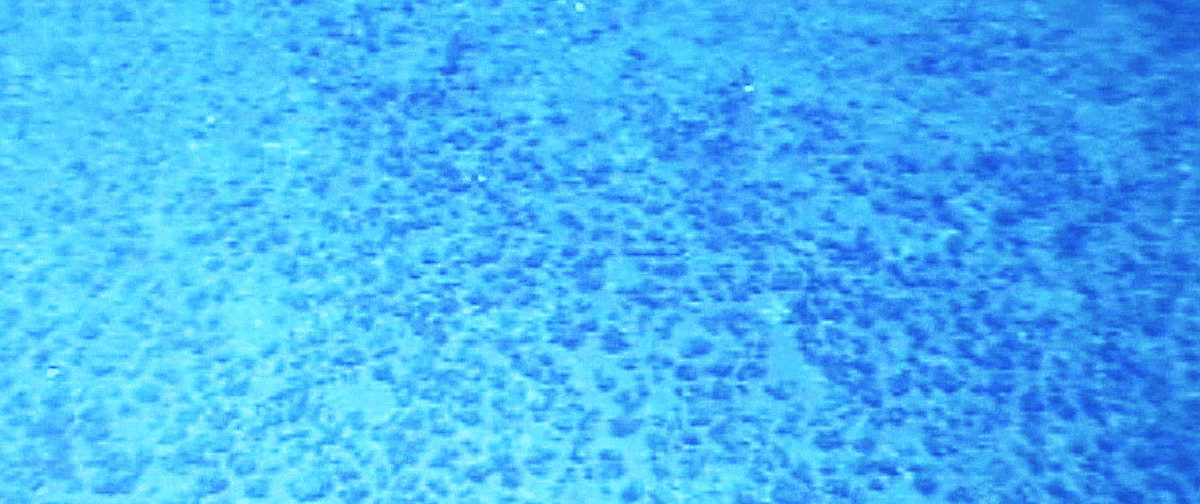
“If we can establish that the entire technology is technically viable and environmentally safe, then we can think of making it commercially viable,” said Ramadass.
Environmental implications
The scientific community admits that it is difficult to pick an environment-friendly technology and to predict the disturbances mining and related activities would cause to the seabed. According to Baban Ingole, associated with the Goa-based National Institute of Oceanography (NIO), deep-sea mining would produce undesirable effects in the water column as well as in the seabed.
Rahul Sharma, consultant and scientist at NIO and a resource person to ISA, explains that the likely impacts would be on the organisms in the seabed from where nodules would be mined. “It would also have an impact on the water column where dispersion would create a plume of fine particles. After lifting the material to the surface, the discharge of unwanted material would also affect the ecosystem.”

According to Diraviya Raj, scientist at the Suganthi Devadason Marine Research Institute, Tuticorin, Tamil Nadu, the impact on the marine life will be less compared to that from the construction of other infrastructure projects.
Sharma added that the actual contact area in the allocated contract locality would be small and hence the impact would be less. “The abundance i.e., the number of organisms per unit area is small in the deep sea environment and hence not many organisms are likely to be impacted,” he said.
The International Union for Conservation of Nature (IUCN) lists the ways in which marine organisms can be affected, habitats altered and destroyed while collecting the nodules. Organisms, especially at the top layer may die or get carried to other areas. The stationary ones attached to the nodules are likely to get crushed. Studies reveal that for every tonne of nodules mined, 2.5 to 5.5 tonnes of sediment will be re-suspended, affecting the feeding apparatus of organisms.
According to Kristina Gjerde, an expert on high seas, marine laws and conventions, mining would mean loss of habitat for those species that have the very nodules as habitats. Gjerde who serves as the High Seas Policy Advisor for IUCN’s Marine and Polar Program added, “Nodules grow as slowly as 1 mm to 10 mm per million years.”
She warned of possible bioaccumulation of toxic metals such as copper or mercury during the process of mining, or degradation of habitat important for spawning or other stages in the life history of the marine organisms.

Besides a baseline study as prescribed by the ISA, the NIO scientists studied macrofauna in the CIOB after simulating disturbance. The Indian Deep-sea Environment Experiment (INDEX) was conducted at 5,300m depth. The pre-disturbance study showed 65% bristle worms and 32% crustaceans (fauna with a shell covering their bodies), followed by other groups. The post-disturbance study carried out after two months showed 33% round worms, 28% crustaceans and 27% bristle worms.
The reason for such variation could be due to fauna moving to undisturbed areas. While no significant change in macrofaunal density was noticed outside the disturbed track, there was a significant reduction within the track. There was considerable reduction in density in the post-disturbance monitoring exercise, carried out 44 months after the disturbance, to check recovery.
According to Ingole, the recovery would take even decades, though the mining activity in a particular location would happen only once. Detailed study by NIO scientists indicates that the organisms sensitive to local disturbance would need more time to re-settle. “Any monitoring may need to last for 50 or more years to even determine whether restoration will occur,” Gjerde told Mongabay-India.
The seabed also hosts many organisms that are yet to be discovered or identified. “We found half-a-dozen new species,” Ingole said. The Census of Diversity of Abyssal Marine Life (CeDAMar) found that one of every two samples collected from the deep sea was a new discovery. IUCN’s report cites study of experimental mining site in the Pacific indicating that complete recovery of an ecosystem is extremely low.

Strategically significant
According to a press release issued by the MoES in August 2017, extraction of metals from nodules is not economically viable at present. However, Indian scientists believe that it would become economically feasible in the next few decades, given the evolving technology and spiralling cost of land-based resources. India’s current agreement with ISA is valid till 2022, till when the country can mine polymetallic modules from 750,000 square km in the Central Indian Ocean Basin.
Besides the developmental aspect, experts see a strategic significance in India’s plan to mine the seabed. According to Smruti S Pattanaik, research fellow at the New Delhi-based Institute for Defence Studies and Analyses, China intends to mark its presence in the Indian Ocean for strategic reasons, though the country claims its objective as securing sea lane communications. “Given this position, India’s initiative to access maritime resources will have a significant bearing on India’s defence strategy,” she said.
The way ahead
Ramadass believes norms being developed by the ISA would ensure minimal disturbance. “The ISA has issued strict guidelines regarding environmental impact for experimental mining. For commercial mining, they are developing an exploitation code, a process in which Indian experts are also involved,” he added.
Ingole stressed that potential impact needs to be studied before commercial mining commences. He suggested that results of impact studies conducted in coastal waters could be used as reference to maintain ecological balance in the seabed.
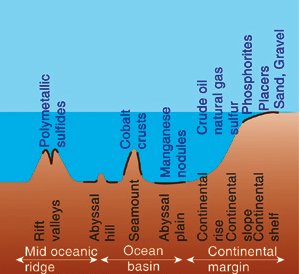
Gjerde advocates a three-pronged strategy of regional planning to establish a representative system of no-mining areas, stringent control on direct and indirect impact of mining operations, and solid baseline information prior to mining, accompanied by real-time monitoring to ensure minimal interference to seabed ecosystem.
A comparative analysis of simulated disturbance carried out in 11 sites including India’s INDEX, by an international team of scientists indicated that the device used for simulating the disturbance also contributed to the difference in recovery. Hence the team suggested further research to improve mining technology.
Being an emerging technology, Sharma is confident that precautions to ensure minimum impact can be incorporated into the design. “With man’s ingenuity, it’s possible to develop such technologies. Development and conservation can go hand in hand.”
